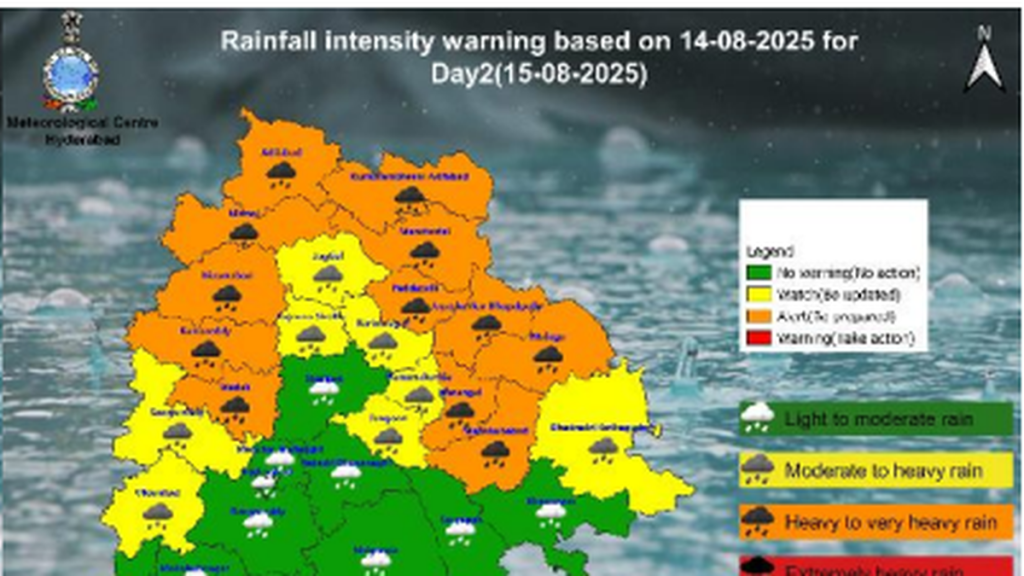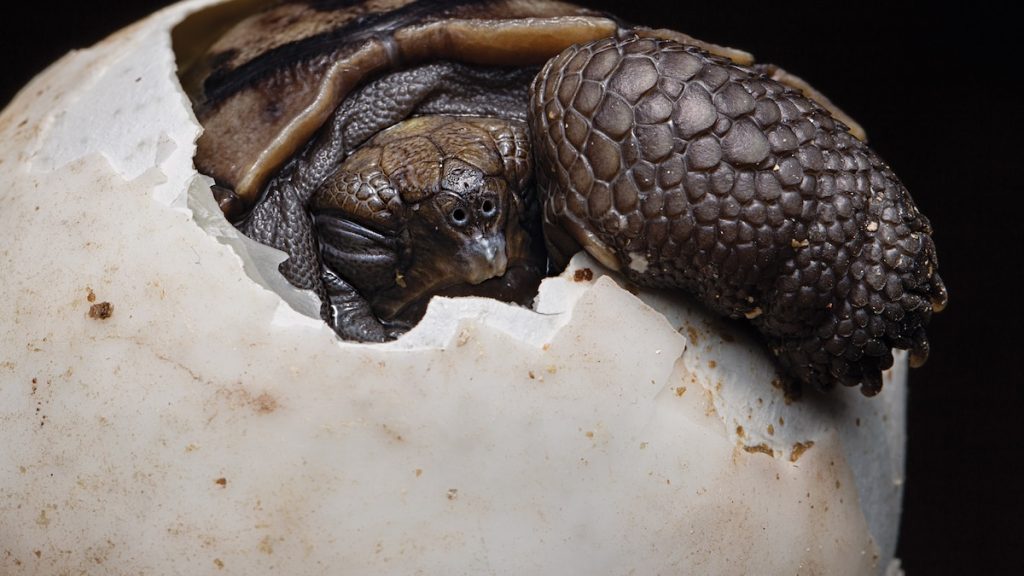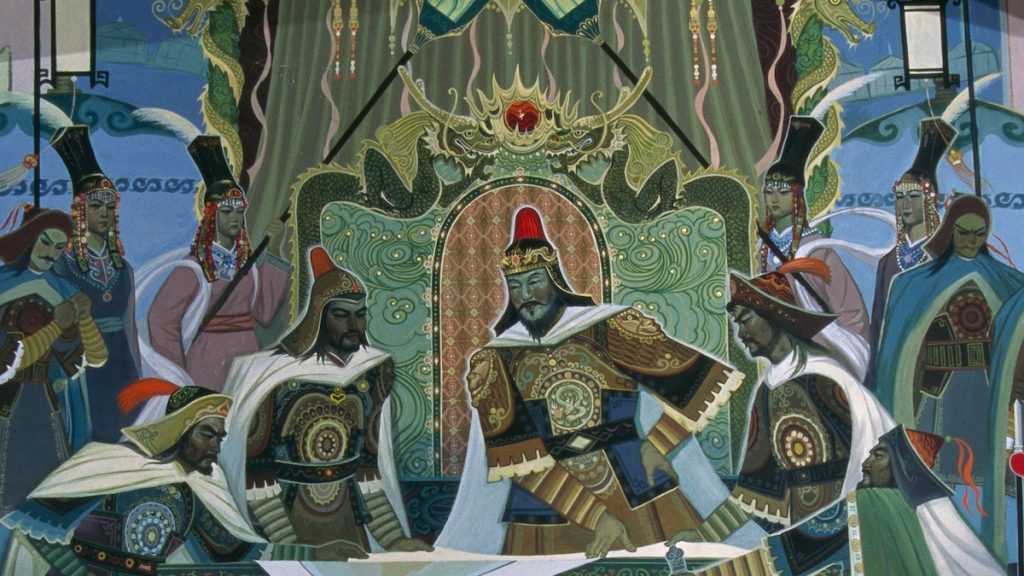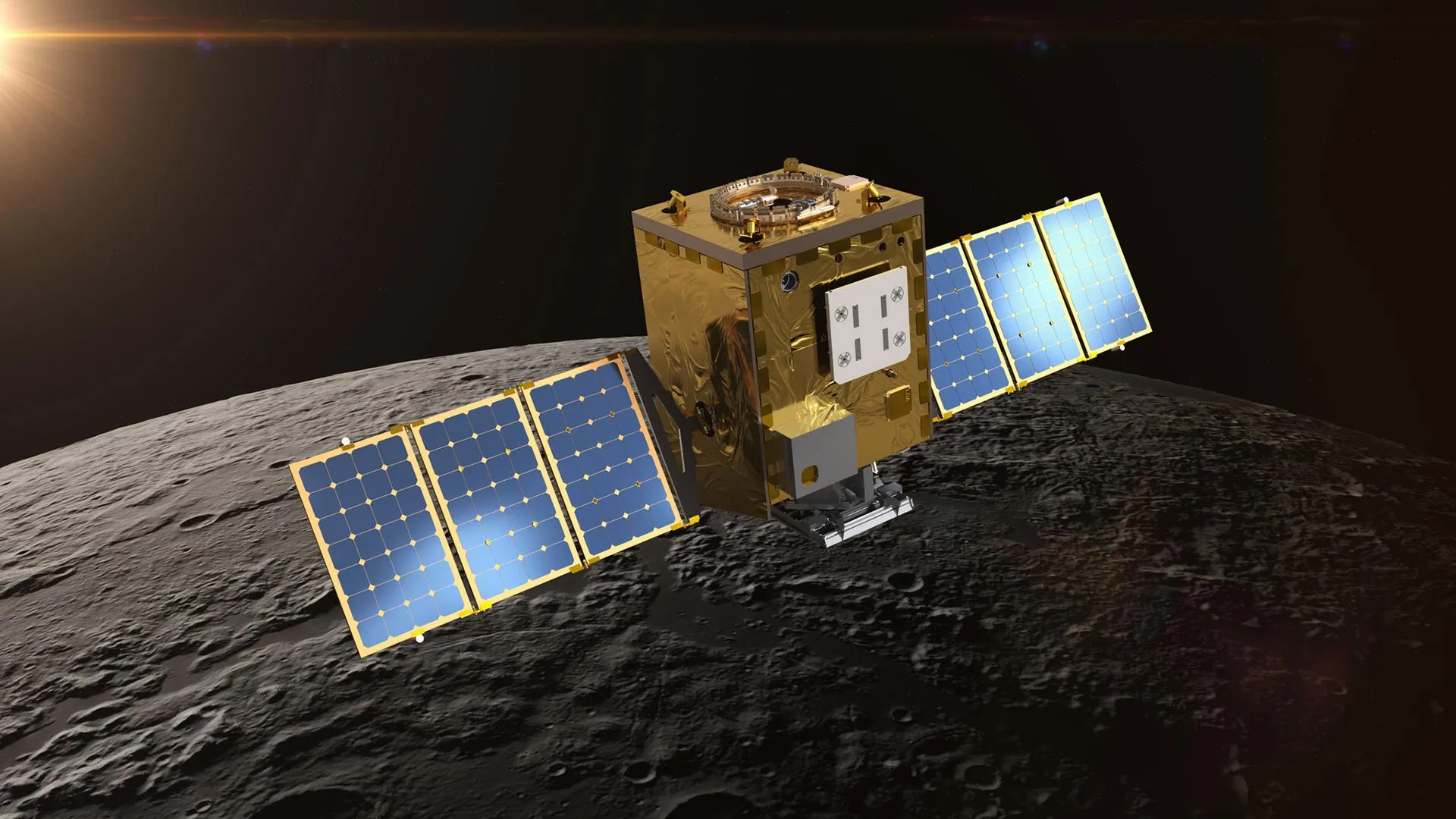Now Reading: Hubble Captures Stellar Storm Sparking Star Formation 160,000 Light-Years Away
-
01
Hubble Captures Stellar Storm Sparking Star Formation 160,000 Light-Years Away
Hubble Captures Stellar Storm Sparking Star Formation 160,000 Light-Years Away
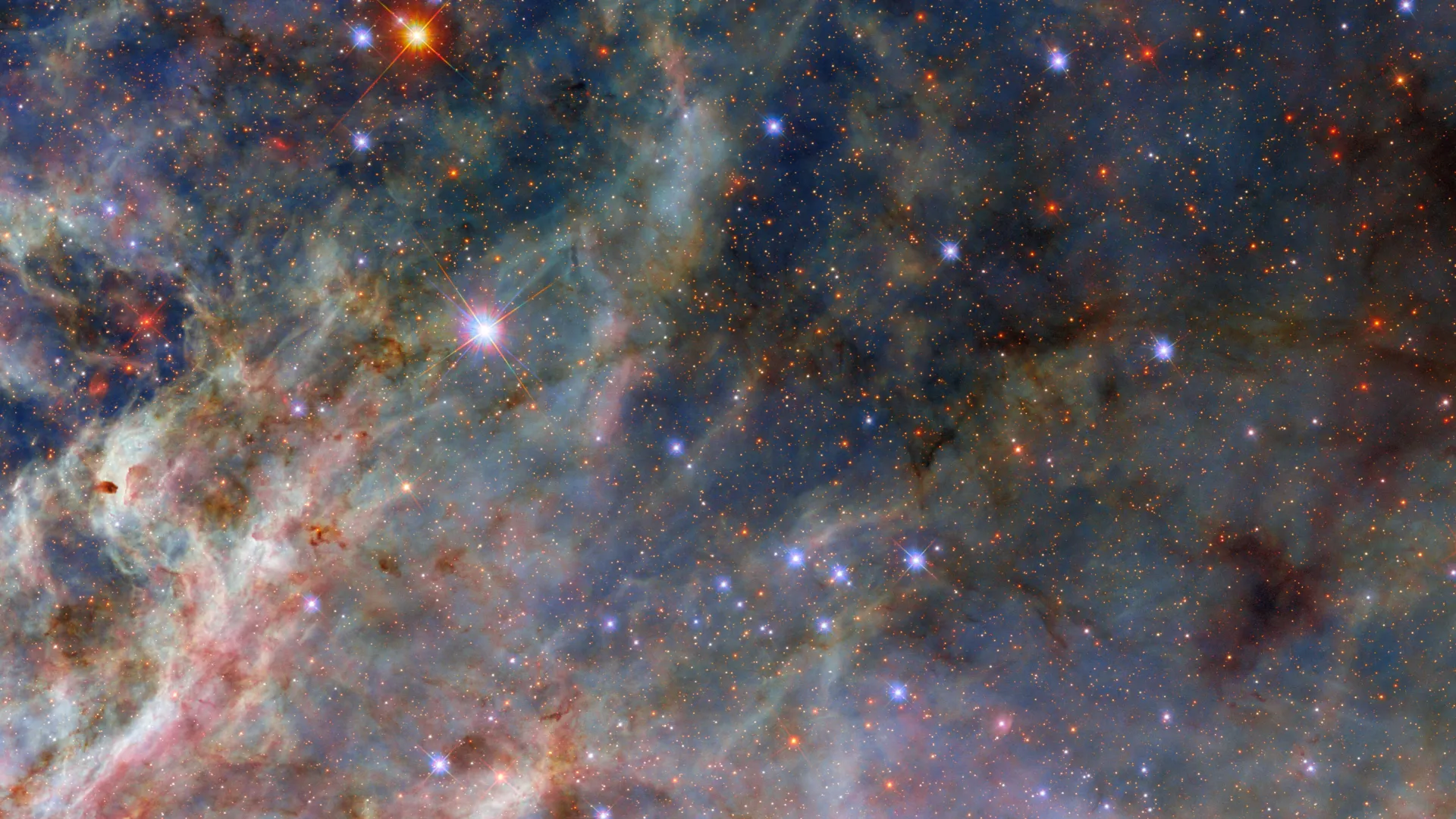
Rapid Summary
- NASA/ESA Hubble Space Telescope captured a detailed image of the Tarantula Nebula, located in the Large Magellanic Cloud, about 160,000 light-years away from Earth.
- The Large Magellanic Cloud is the largest satellite galaxy orbiting the Milky Way.
- The Tarantula Nebula is the brightest and largest star-forming region in this group of nearby galaxies, hosting some of the most massive stars known-up to 200 times as massive as our Sun.
- The imaged part lies close to a Wolf-Rayet star and shows sculptural details made visible through Hubble’s multiwavelength capabilities. Wolf-Rayet stars are hot and luminous with aggressive stellar winds due to shedding their hydrogen outer shells.
- Data for this image comes from two observing programs: Scylla (studying gas and dust structures around stars) and ULLYSSES (targeting young massive stars in Small/Large Magellanic Clouds).
Indian Opinion analysis
The latest advances in space imaging technology exemplified by NASA/ESA’s Hubble demonstrate how international scientific collaborations continue pushing boundaries toward better understanding complex celestial phenomena like star formation. For India-a nation with growing ambitions in space exploration embodied by ISRO-such developments reinforce the importance of building partnerships with global space agencies while fostering indigenous research capabilities like telescopes or imaging technologies to contribute actively within astronomy networks worldwide. Observations like those involving multiwavelength sensors provide tangible inspiration toward refining similar tools for India’s future interstellar studies or missions.



